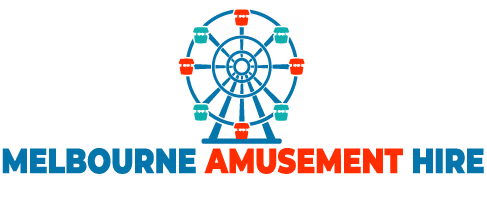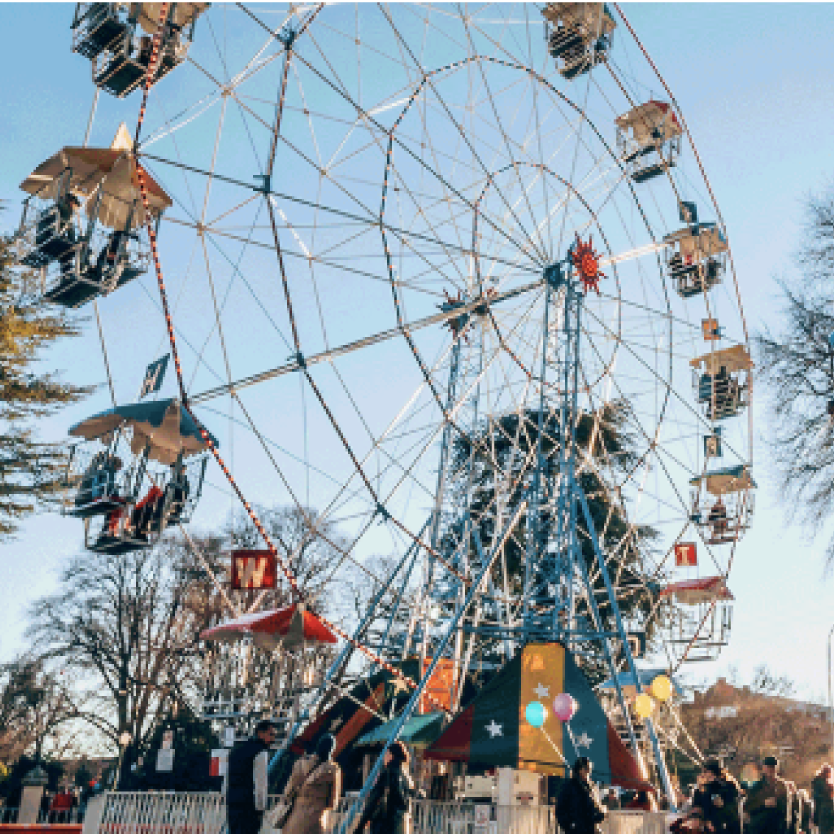Carnival fair rides have long been a source of joy and excitement for people of all ages. However, for individuals with disabilities, accessing and enjoying these rides can be challenging. In recent years, there has been a shift towards making carnival rides more accessible. This blog explores how the industry is evolving to ensure everyone can experience the thrill of carnival fair rides.
Breaking Barriers: The Importance of Accessibility in Amusement Parks
Accessibility in amusement parks is not just about compliance with regulations; it’s about creating an inclusive environment where everyone can have fun. By breaking down barriers, carnival operators can provide a better experience for all visitors, including those with physical, sensory, and cognitive disabilities. This shift towards inclusivity is ethically important and increases the customer base, making good business sense.
Innovative Ride Designs: Engineering for Inclusivity
Modern engineering and design innovations are crucial in making carnival rides more accessible. From adjustable seating and secure harness systems to wider ramps, these design changes ensure that people with mobility impairments can safely and comfortably enjoy the rides. For instance, some rides feature devices that help wheelchair users easily move onto the ride seats. Also, rides with customizable restraint systems can adjust various body types, improving the safety and comfort of all riders.
Sensory-Friendly Experiences: Catering to Diverse Needs
For individuals with autism or other such sensory issues, carnival rides are not accessible. To address this, many amusement parks are introducing sensory-friendly experiences. These include quieter ride times, reduced lighting effects, and designated quiet zones, allowing everyone to enjoy the carnival atmosphere without sensory overload. Some parks also offer sensory kits, which may include noise-cancelling headphones, sunglasses, and fidget toys, to help guests manage sensory input more effectively.
Training and Awareness: Empowering Staff to Assist
A key component of accessibility is having well-trained staff who understand the needs of guests with disabilities. Training programs that focus on disability awareness and customer service can empower staff to provide better assistance, ensuring that all visitors feel supported and valued. These programs include practical training on how to operate accessibility features on rides, as well as sensitivity training to encourage empathy and understanding. By training staff with the right knowledge and skills, amusement parks can create a more inclusive and welcoming environment.
Technology at Play: Enhancing Accessibility with Innovations
Advancements in technology are also ensuring better accessibility to carnival rides. Virtual reality (VR) and augmented reality (AR) are used to create immersive experiences that can be enjoyed by individuals with various disabilities. For example, VR can simulate the experience of a roller coaster ride for those who cannot physically access the ride. Also, mobile apps and wearable devices help guests visit the park and access ride information easily. These technologies can provide real-time updates on ride wait times, accessibility features, and even virtual queuing options, making the park experience seamless and enjoyable for everyone.
Community Collaboration: Partnering for Progress
Collaboration with disability advocacy groups and community organizations is crucial for creating a truly inclusive carnival experience. By working together, carnival operators can get valuable insights and feedback for more effective accessibility solutions and a better experience for all guests. These partnerships can also help raise awareness about the importance of accessibility and encourage other parks to adopt similar practices. Community engagement initiatives, such as hosting special events for individuals with disabilities, can further strengthen these relationships and demonstrate a commitment to inclusivity.
The Future of Accessible Carnival Rides: What Lies Ahead
As awareness and demand for accessibility continue to grow, the future of carnival rides looks promising. Innovations in design, technology, and community engagement will likely lead to more inclusive and enjoyable experiences for everyone. By prioritizing accessibility, the carnival industry can ensure that the magic of carnival fair rides is for everyone. Future developments might include advanced ride designs that cater to a wider range of disabilities, better sensory-friendly features, and higher use of technology to improve the overall guest experience. As the industry evolves, the commitment to accessibility will remain a driving force, ensuring everyone can share in the joy and excitement of carnival fair rides.







